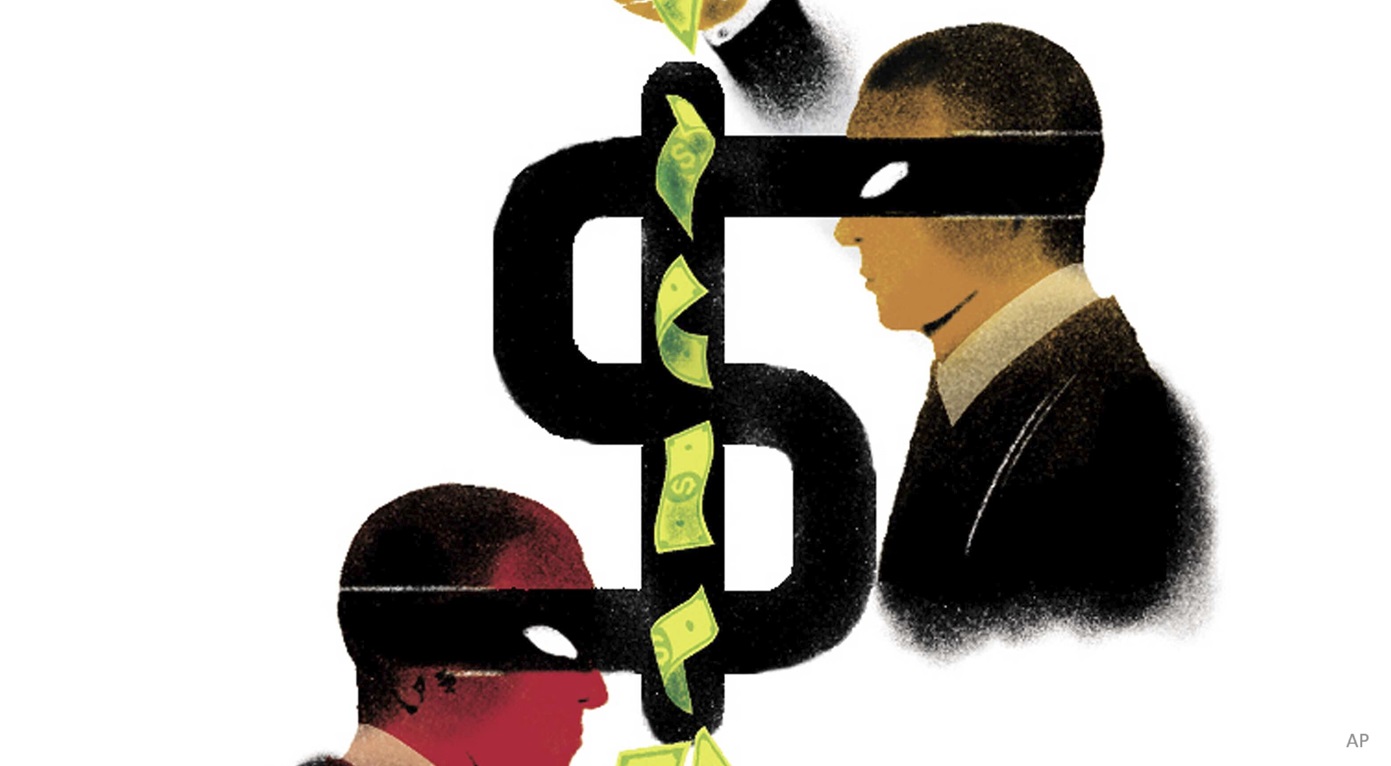Global convertible bonds are making a comeback after a dismal 2016, when funds such as the $1.1-billion BlueBay Global Convertible Bond (Canada) Series F returned 0.28% versus 9.9% for the average fund in the High Yield Fixed Income category. Now with a strong tailwind, in the form of better prices for the embedded equity option and tightening credit spreads, the asset class looks poised to make up for lost ground.
"In 2016, we had a big rebound in the high-yield space, which was hurt in 2015 by the weak oil price," says Mike Reed, senior portfolio manager at London-based BlueBay Asset Management LLP (a subsidiary of Royal Bank of Canada) and lead manager of BlueBay Global Convertible Bond (Canada). "However, global convertibles had a relatively weak 2016, partly because global equity markets did poorly in the period. While U.S. markets surged, European equity and emerging markets were flat in U.S.-dollar terms. As an equity-sensitive instrument, this weighed on returns in 2016."
In 2017, convertible bonds and high-yield bonds were fairly aligned, as the fund's Series F returned 4.1%, versus 4.3% for the median high-yield fixed income fund. Yet, Reed argues that it's unfair to compare the two asset classes. "We have much more equity sensitivity than high-yield bonds and less duration sensitivity. Investors historically think of the two asset classes as being in the same part of the capital structure and have similar performances, but they are not the same."
It's true that when economies emerge from a recession, the performance of both asset classes is quite similar. But at this point in the cycle, Reed argues, they are diverging. "Credit spreads have already rallied quite a long way and have room to tighten further," says Reed, a 28-year industry veteran who joined BlueBay in 2007 after 13 years of specializing in convertible strategies. "The shift in the risk-free yield curve has a negative or dampening effect on pure fixed income. So, the duration impact on high-yield bonds is offset by credit spread-tightening. That is what we have seen so far this year with rising yields weighing on returns."
Convertible bonds are hybrid instruments since they are corporate bonds with an embedded equity option. Tightening credit spreads, adds Reed, boost the bond component of the bond. On top of that, the equity option can drive convertible-bond prices higher. "In high yield, credit spreads will tighten because of the low-default environment. But you are being hurt on the other side by the duration element." Reed notes that the portfolio's duration is about 1.7 years, far shorter than that of the median high-yield fixed-income fund, which is more than five years.
Reed believes that growing inflation will force the Federal Reserve to continue to raise interest rates. Meanwhile, Europe may be behind the U.S. in raising rates, but it's only a matter of time as inflation expectations slowly creep upwards.
Looking at the spectrum of assets, Reed argues that rising yields will put pressure on so-called core fixed-income assets, and high-yield bonds will suffer on the duration side. "Equity-based instruments are much more interesting," says Reed, who argues that the economic cycle may have a couple of years left to it. "We were in the seventh inning in 2005. If you left the equity markets back then, you missed out on a 30%-plus performance. I'd say today, 'it's too early to the leave the stadium.'"
From a geographic viewpoint, Reed has allocated about 32.6% of the portfolio to the U.S., plus 43.3% to international markets and 24.1% to emerging markets. Looking at the U.S., he maintains that the expected repatriation of cash to that market will see money gravitate to large software and health-care organizations.
"Software has great returns on capital," says Reed. "It will make great returns for shareholders and drive equity prices higher, which will benefit us." The U.S. health-care sector has already seen lots of activity as larger players buy out smaller biotechnology firms that will boost their drug pipelines. "That's where we will be looking to add, because they are acquisition targets."
As for Asia, Reed says the region has been neglected by investors and is ripe for the picking. "Share prices in emerging markets have been very unloved for a long time. On a price-to-book basis, they are considerably cheaper than their developed-market peers. That's a real opportunity because we see very strong growth within these regions." One of the areas that appear to be attractive is the Chinese banking sector, especially the higher-grade banks that are state-supported and are benefitting from the problems of weaker peers.
Looking ahead, Reed expects that returns in 2018 could be around 7% before fees. When mergers and acquisitions start to come through, prices of convertibles could be driven higher, he says.
An increase in stock-market volatility would also be positive for convertibles. "Low volatility has been a big drag for the last couple of years," says Reed, noting that it has depressed the value of the embedded equity option that is a defining feature of convertible bonds.





:quality(80)/cloudfront-us-east-1.images.arcpublishing.com/morningstar/Q3KIND5VXRCNHHH6JQHCCYBSSA.png)









